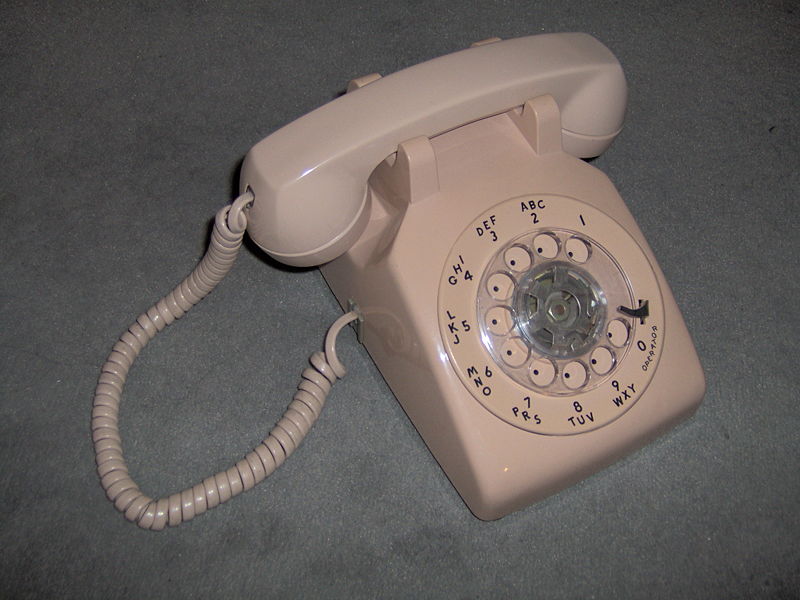Schwarz
View current page
...more recent posts
Beige, The People's Color. Er, white people that is.

In 1954 the telephone statrted to become a decorative household item. Although some colored telephones were available much earlier, they did not gain widespread popularity until the advent of the "500" color series. The five basic colors currently available are white, beige, green, pink and blue.
So, why beige?
For probably the same reasons, the colour Beige also found it's way quickly into the various accessories and peripherals you'd be most likely to find around computers - keyboard, mice, speakers, printers, scanners - the list goes on... Like time, opinions and fashions inevitably move on, and black and silver became more synonymous with technology - it only made sense for computers to follow suit. Even more recently, pure white is becoming more and more commonplace - mainly in Apple manufactured devices, but it's a colour which is starting to appear more often from other manufacturers as well.further reading: Beige box, priven's evil color, apple II, putty, desert sand
Another widely suggested reason for the choice of the colour beige was more psychologically driven. When PC's first started to rise in popularity and quantity, they were strange new technology, which frankly, scared and intimidated a lot of people who were less technologically comfortable/capable. Beige, being a soft, gentle colour which is easy on the eyes, may well have been an attempt to take away some of the fear the electronics inside the boxes instilled in these people. I find this easy to believe, and, like the default colour of technology mentioned above, it logically progresses forward into a time when more and more people were becoming more comfortable with technology. As it became less intimidating and more commonplace, there was less reason to try to hide it away in nondescript Beige boxes. With this reasoning in mind, the recent rapid transition to stark black and shining silver computers also makes reasonably good sense.
A third, more practical reason for beige is that it is relatively easy to keep clean. Marks don't show up on Beige quite as quickly or as obviously as they do on pure white or jet black. The use of Beige helped to maintain the clean, efficient image offices were supposed to project.
The fourth and final reason for the early predominance of Beige which I came across was cost. Beige may have been the colour that the pellets used in plastic mass-production came in originally. Keeping the same colour allowed for cost savings as there was no dye cost, and no real costs associated with quality-control having to ensure the same shade of plastic was being produced over and over again. Another likely cost issue was compatibility. An industry wide standard colour meant that externally visible component manufacturers - the people that made CD-Rom and Floppy drives and the peripheral manufacturers - could make one product, and sell it to several customers. Economies of scale would have encouraged system manufacturers to stick with the colour once it was in widespread use - buying off-the-shelf components and peripherals has to be cheaper than having them custom made just for a different colour. This probably made the Beige colour usage somewhat self-perpetuating. The parts were beige because the computers were, and the new computers were beige because the parts were, and the factories were already set up to produce the plastics in beige."
18. One must distinguish between na´ve and deliberate Camp. Pure Camp is always naive. Camp which knows itself to be Camp ("camping") is usually less satisfying.
'65 IH scout
THE GENIUS OF DESIGN
Models of the Wright Brothers' Aircraft (1900-1903)
Wright Airplane Replicas
models and model kits
